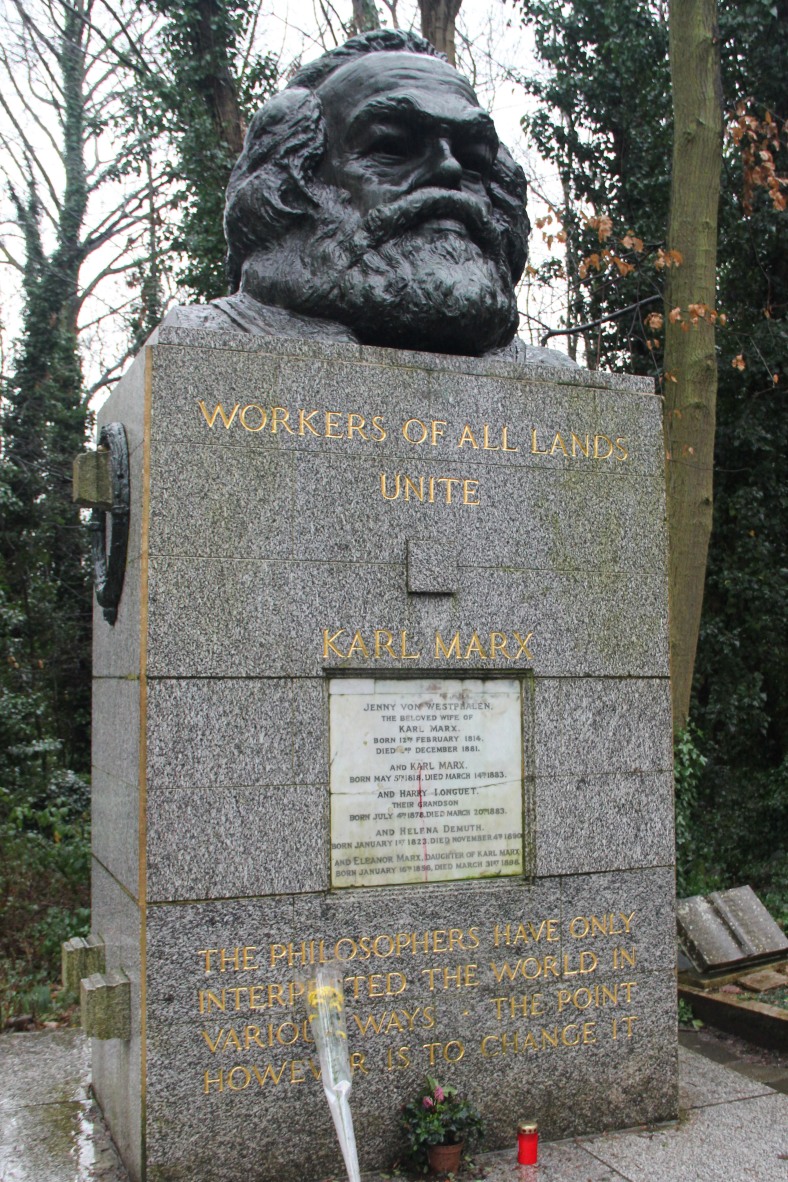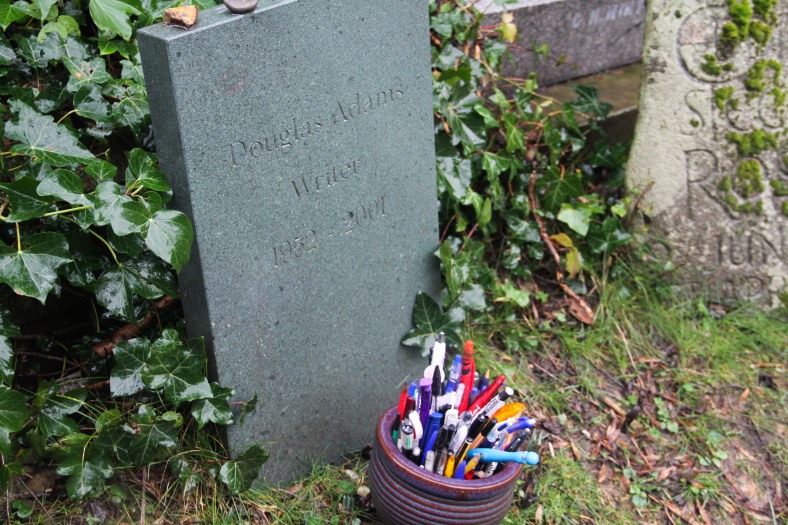The spirit of Marx, who is buried in a cemetery close to where I live in north London, has risen from the grave amid the financial crisis and subsequent economic slump. (George Magnus)
Lately, I have been busy with “real life,” or at least life that does not revolve around constant travelling, sight-seeing, and eating an unhealthy number of kebabs. That being said, I am quite enjoying this new chapter of my life, where I get to explore in greater depths what it really means to be an adult, and a financial analyst at that. I could talk at lengths about how helpful my co-workers are, how knowledgeable my supervisors are, how familiar-looking the former schoolmates roaming the halls are, and how uncanny the resemblance between the company and McDowell’s cafeterias is. But what surprised me the most was the enormous amount of reading that I would be doing. The ramblings herein stem from an article by economist George Magnus, “Give Karl Marx a Chance to Save the World Economy.”
Lest you think the article is advancing Communist ideals, it is actually a well-written piece discussing today’s global economy and Marx’s idea of the inherent conflict between capital and labor. This too familiar clash is perhaps best seen in capitalist companies’ pursuit of profits and productivity, oftentimes at the expense of the poor and less educated. The irony is that, just like Magnus pointed out, when one company cuts costs to boost earnings, it’s smart; but when they all do, they undermine the income formation and effective demand on which they rely for revenues and profits. Of course, the argument here is not to employ every single person on the street, but to create an environment of sustainable aggregate demand growth.
Sustainable growth. As I head into extensive research about Emerging Markets’ growth prospects, that is a characteristic that I’ll have to keep in mind. Do EMs’ existing financial infrastructures promote sustainable growth? Do their credit systems? What about their demographics trends? What is even considered sustainable? And how do I go about determining that?
For now, concepts like Fed’s QE tapering, 1Q’s reported -2.9% GDP growth, sovereign debt burden, target GDP growth rate furiously swim around in my head. My apologies for the lack of coherence. Hopefully, within the next month, I’ll be able to sort through these jumbled thoughts and formulate a clear thesis on the appropriate portfolio allocation for EMs.
On a somewhat related note, I cracked a smile when I first read the quote displayed above. That cemetery that Mr. Magnus mentioned? I’ve been to before. Way back when David, Henry, Ashley, and I took a photography trip to Highgate. On a rainy day no less. I remember that it was cold, dark, and sinister. But it also reminded me of how fascinated I’d always been by cemeteries. Especially those that were half abandoned, where ivies threatened to swallow entire graves. Because in that mist, there was a serenity that reigned absolutely.





